Sofa, So Good: Five Steps to Vintage Seating
How to never buy a sofa, bench, or chair from a big box retailer again!
Old Dog, New Tricks
Whether you’re motivated to reduce your environmental footprint or simply take your décor up a notch, this post is for you. I’ve previously outlined the importance of shopping resale. CliffsNotes (if you’re old enough to remember those): it’s good for the earth, it’s a good investment, and it’s cooler. Continuing in that vein, I’m sharing my process for shopping and refinishing vintage upholstery items. Tonight I’m focusing on seating, but these steps can be applied to any piece of upholstery. My personal dedication to this effort is such that I can confirm there is not one single big box-purchased seat in my home. Our chairs, benches, and sofas are entirely vintage (with the addition of a couple custom items) and yours can be, too!
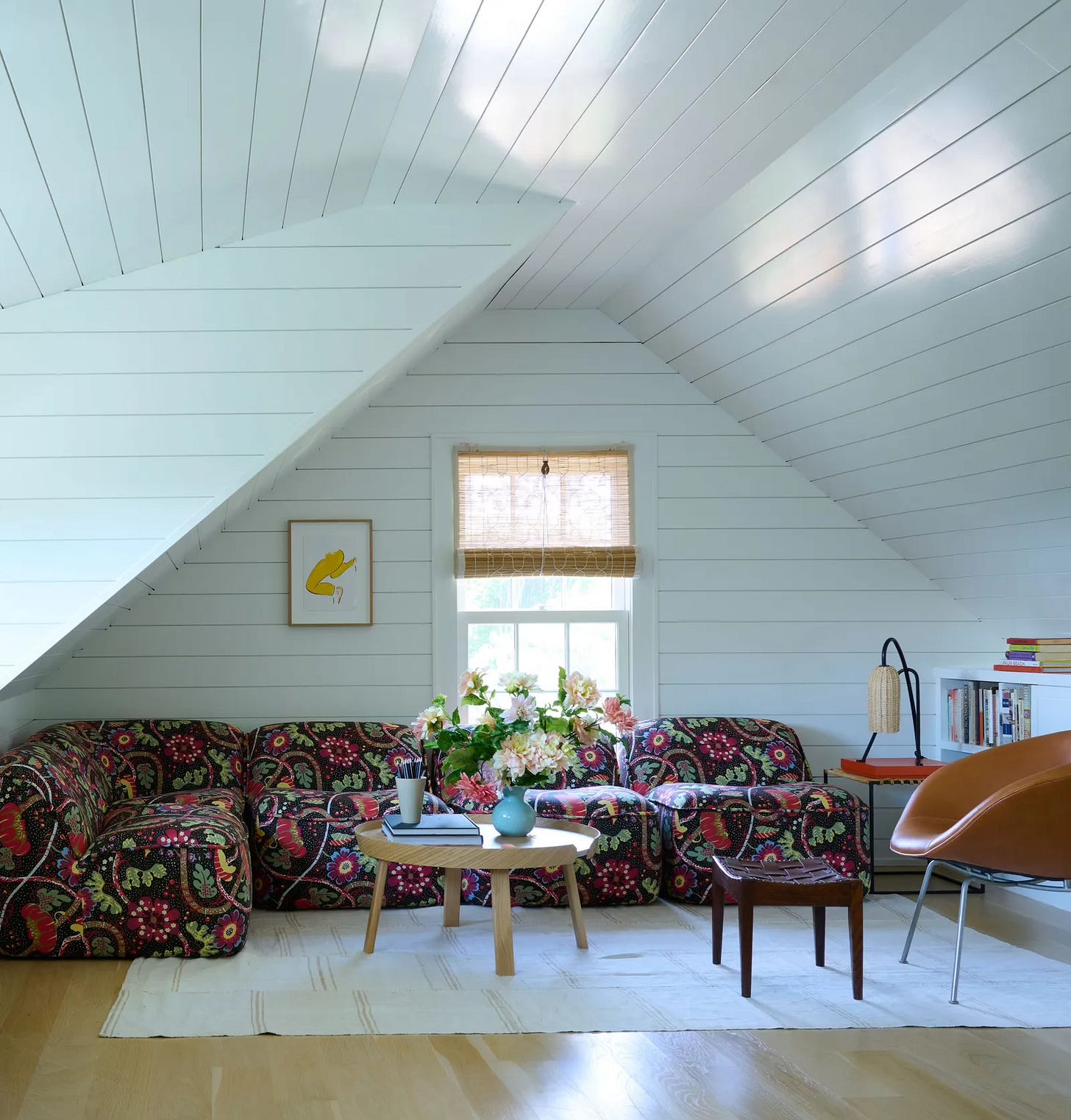
A Note on Beds
I specify ‘the seat’ here because I find it more difficult to pull this off with beds. You can find vintage beds, but the availably of standard size sacks in the resale marketplace is extremely limited. The vintage bed we own is in our daughter’s room and is a full size Victorian brass and iron piece with no upholstery; a search with these terms will yield similar results on Chairish or 1stDibs for those interested. This and that are similar to Tamsin’s. I die for the matching antique doll bed. Cribs are a great candidate for a Facebook Marketplace hunt, where you can search for current covetable brand names and models such as this, this, and that to meet your style and safety needs.

Here’s How To Do It
Pull Swatches
In the wild and wonderful world of textiles, the options are vast. Historically, these resources have been exclusively available to the trade and distributed through design centers and showrooms. Today, some of those showrooms will sell directly to customers, and even more brands and new marketplace entrants (such as The Expert) are willing to do so. Fabric I love is another topic for future posts. Bonus points if you can find a stunning vintage textile that is in good enough condition and sturdy enough for upholstery, such as the kilim pictured on the headboard above or the suzani pictured on the ottoman below.

A vintage embroidered suzani upholstered ottoman (for similar see this, this, and that) draped with a vintage baule textile in an English farmhouse as seen in Architectural Digest, designed by Sarah Vanrenen, photographed by Mike Garlick. With that said, when selecting a fabric, you should consider a few things. Most importantly, will it sing in the room scheme? Be sure to see and touch a real swatch. Fabric yardage is not something to purchase without familiarizing yourself with the hand feel and seeing the color IRL next to the materials in the room where it will live. Durability of the material is another factor; a recent trend with parents and pet-owners is using performance/outdoor fabrics indoors. Finally, the fabric must be considered on the furniture piece itself — especially when using a patterned fabric — in terms of scale and placement on the seat. Take this number by my friend Stevie Howell; I love it, but you have to know how to use it.
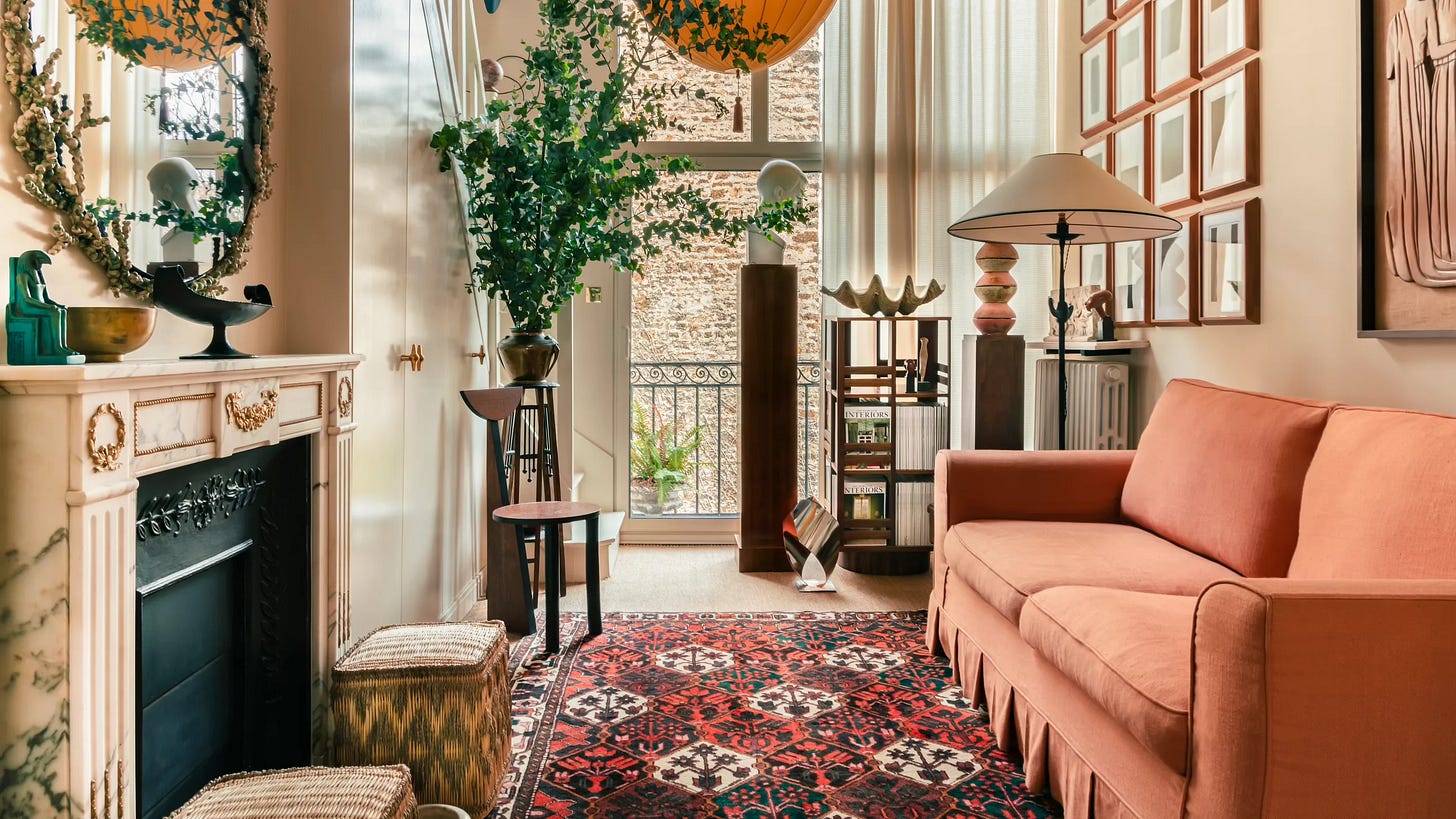
A [chef’s kiss] example of the shade and texture of a sofa fabric putting the preverbal bow on the room. A terracotta/peach-y Pierre Frey number on a custom sofa (perhaps a shortened version of this?) in the home of Fabrizio Caesaraghi’s Parisian apartment as seen in House & Garden, photographed by Romain Laprade. Search for Your Frame
I understand that this can be an overwhelming step in the process especially if you’re not sure what you like. So, you need a set of dining chairs? It’s tempting to just head to you favorite catalog cover’s site and browse that collection. I’m here to help you resist the urge to Serena & Lily this challenge! Instead, take a second to scroll some home tours. You don’t need to subscribe to the mags even — just check out the Instagram pages of folks like the publishers cited on the images here. Or, better yet, follow them and ‘save’ images that inspire you, so you have an easy catalog reference custom to your style. For the sake of example, let’s say you saved Dakota Johnson’s LA dining room, below. As noted, her breakfast table chairs are Tito Angoli. Voilà! You search for “Tito Angoli chairs” and you can find a near-identical-match set of six in prime, don’t-reupholster-me condition. You’ll also find a similar vibe, different look set of five and set of two by the designer, all in great shape. Ok, here’s the cheap[er] and chic approach to this shopping method: look for something similar, not the same. How? The obvious search is “Tito Angoli style chairs,” and you may find similar silhouettes in the style of. But, perhaps better, describe the look you like. In this case, “cane dining chairs midcentury” (for some reason this yielded better results than “midcentury cane dining chairs” — don’t ask). Bingo. Here is a set of chairs for a fraction of the price shipping from nearby NH, and that’s before bidding and negotiation (we’ll get to that in a minute).
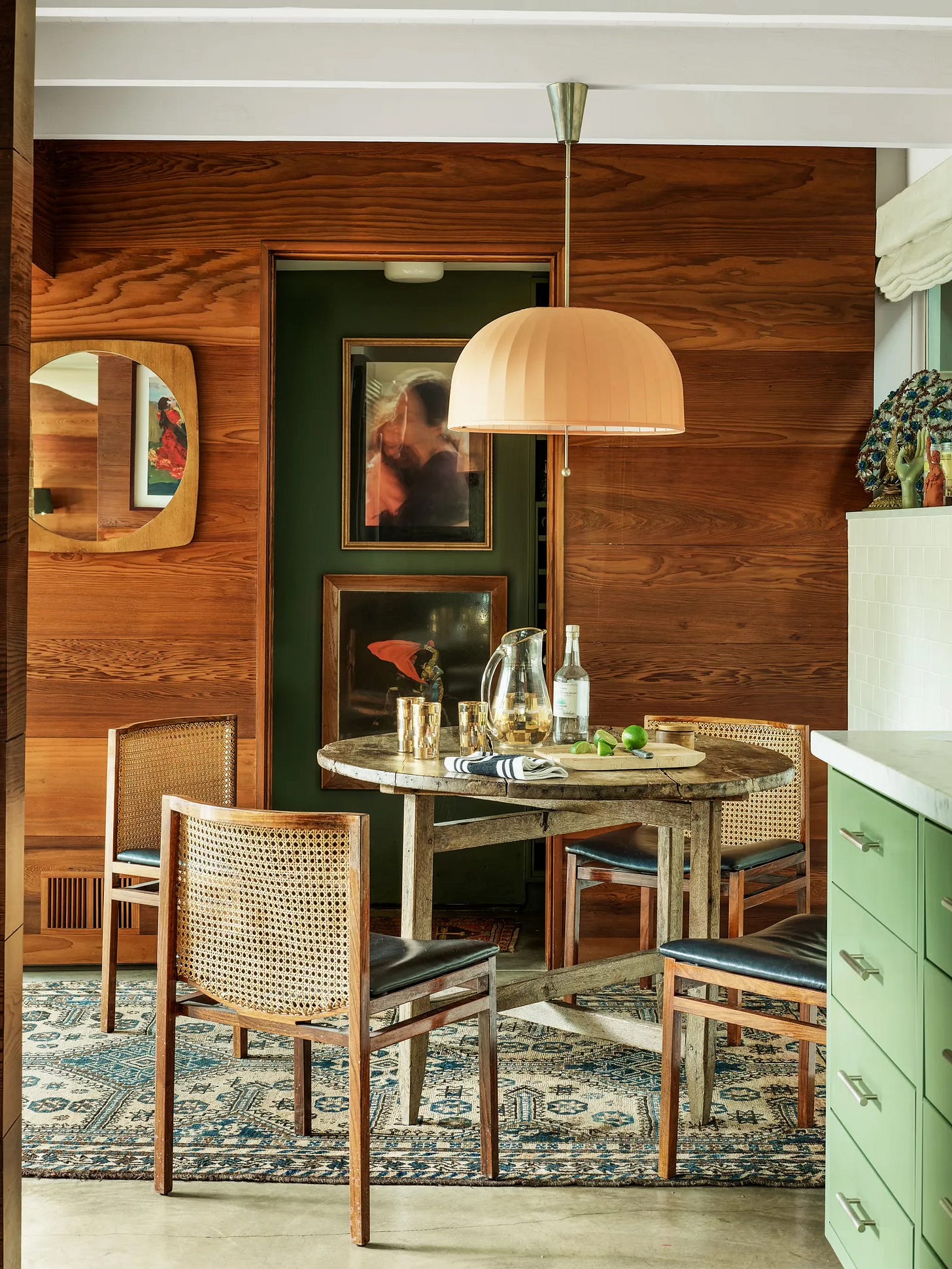
The kitchen in Dakota Johnson’s Los Angeles midcentury-modern home as seen in Architectural Digest, designed by Pierce & Ward, photographed by Simon Upton, and styled by Mieke Ten Have. Coordinate with an Upholsterer
While designers have their go-to workrooms, laymen are largely turned off from these projects simply because they don’t have an on-call upholsterer. I don’t want to go deep into recommendations, but given my concentration of readers, I will say that I have had great experiences working with Chairloom in the larger New York area, and back in the day I used Revitaliste in the Bay Area. In general, you want a partner who is comfortable with vintage and antique pieces. Once you’ve identified who you’re working with, there are several things to cover.
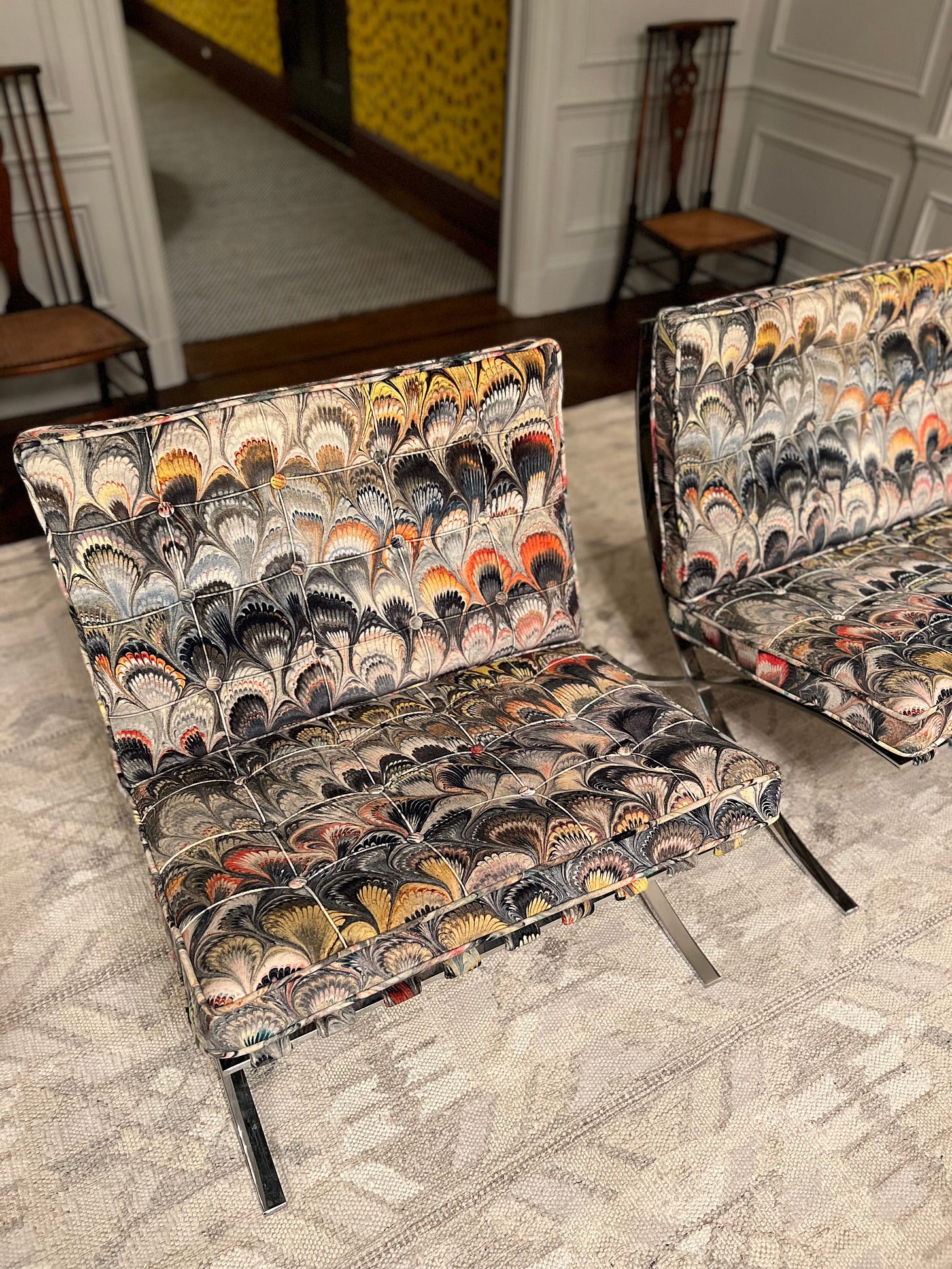
A pair of Barcelona chairs (similar here) that Chairloom upholstered for me in Beata Heuman’s Marbleized Velvet. Share with your upholsterer the piece of furniture you’re considering purchasing and the fabric you’re considering working with. They will need not just the material, but the pattern repeat and dimensions. Determine the direction in which the fabric should be applied to the piece and the layout of the pattern if applicable. Discuss where the seams will be placed if there are seams, and — while a good upholsterer should do this anyway — specify that you want the pattern to align at the seams. If you want cording or any other trim detail, lay that out upfront, ideally with inspiration images and/or drawings to make sure you’re envisioning the same result. From there, the workroom should let you know how much fabric you will need to recover the item. They should also be able to give you a quote for the work, including replacing cushions or springs or repairing the furniture if relevant. For example, you may want them to refinish or stain wood elements. If cushions are being replaced, specify the fill. Unless you don’t want them to deliver, you should also ask that the quote include delivery. As with most everything, negotiate the quote.
Assuming you now have a rough all-in cost and are ready to proceed, you will likely want to coordinate to ship the fabric and furniture directly to your workroom, so ask for their address and keep them updated on tracking. Pat yourself on the back, because the next two steps are a piece of cake. You’re basically done now.
Note: if you’re using a delicate material, you may want to consider knit backing the upholstery fabric (this makes the fabric itself stronger and more resistant to wear and tear). You could also discuss this with your upholsterer and get their assistance coordinating if necessary. For context, I don’t believe any seating in my home is knit backed, so my personal threshold for requiring this is pretty high.
Make Your Bid
You are now ready to purchase furniture. Assuming you’re buying on a resale site, as I’ve mentioned, I recommend an opening bid 30-50% below asking and assume the seller will agree to about 20% off. You’ve got this!
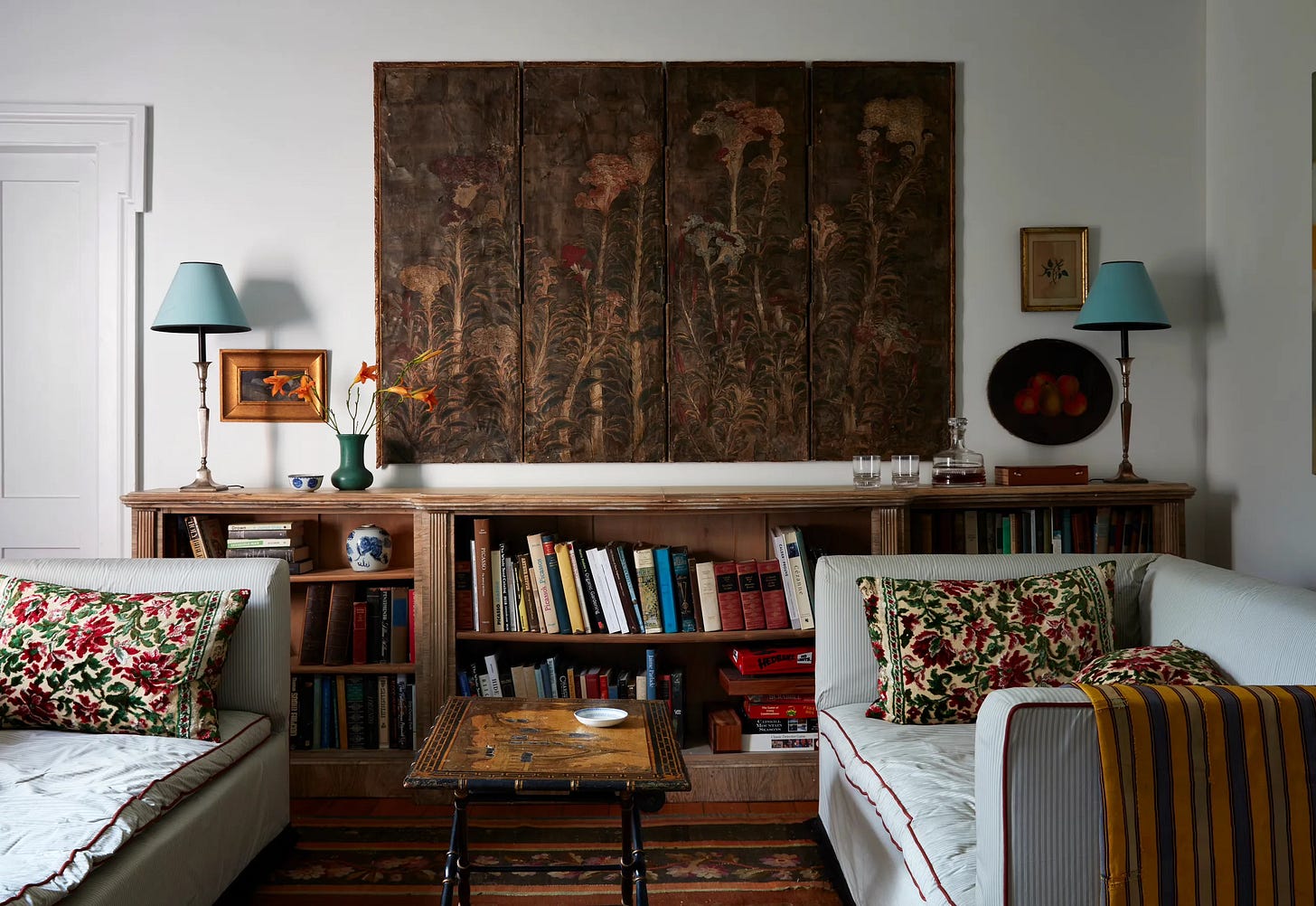
Sofas sourced from Marie Hour Antiques in the living room of Billy Cotton’s upstate New York farmhouse as seen in House & Garden, photographed by Stephen Kent Johnson. Place Your Fabric Order
Last, but not least, place your fabric order. This is extremely simple. The only thing to really consider here is the timeline. Some fabric is stocked and ready to cut, while other fabric has a lead time. Keep in contact with your upholsterer when they finally have all the materials in hand and you can consider having them send a snapshot where they lay the textile over the seat to make sure you are aligned on placement.
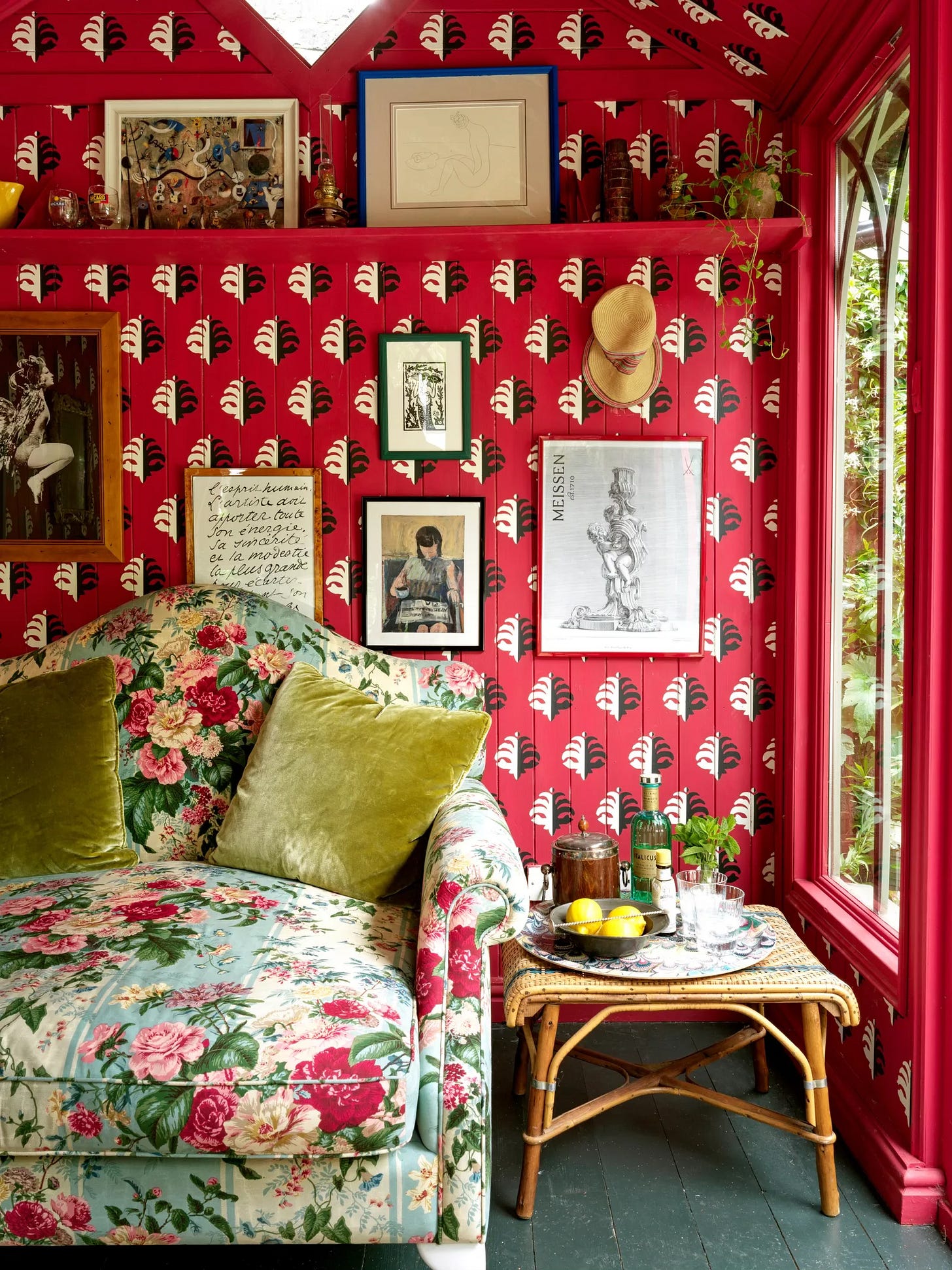
Beata Heuman’s iconic loveseat covered with an over-the-top cotton floral Le Manach fabric in her London garden pavilion, as seen in her must-have book ‘Every Room Should Sing’, photographed by Simon Brown.
When Cheating Is OK
If you’re turned off now that you know how the sausage is made, here are a couple of hacks to still make vintage seating work for you:
Buy vintage that’s already been refinished. Duh. Sorry for stating the obvious. Yes, you’ll be paying a premium for this route, but your time is money. If this is the path for you, here are some eye-catching finds (and resources) to get you started on your hunt: these armchairs from Cabana, these dining chairs from Nickey Kehoe, and this settee from Forsyth.
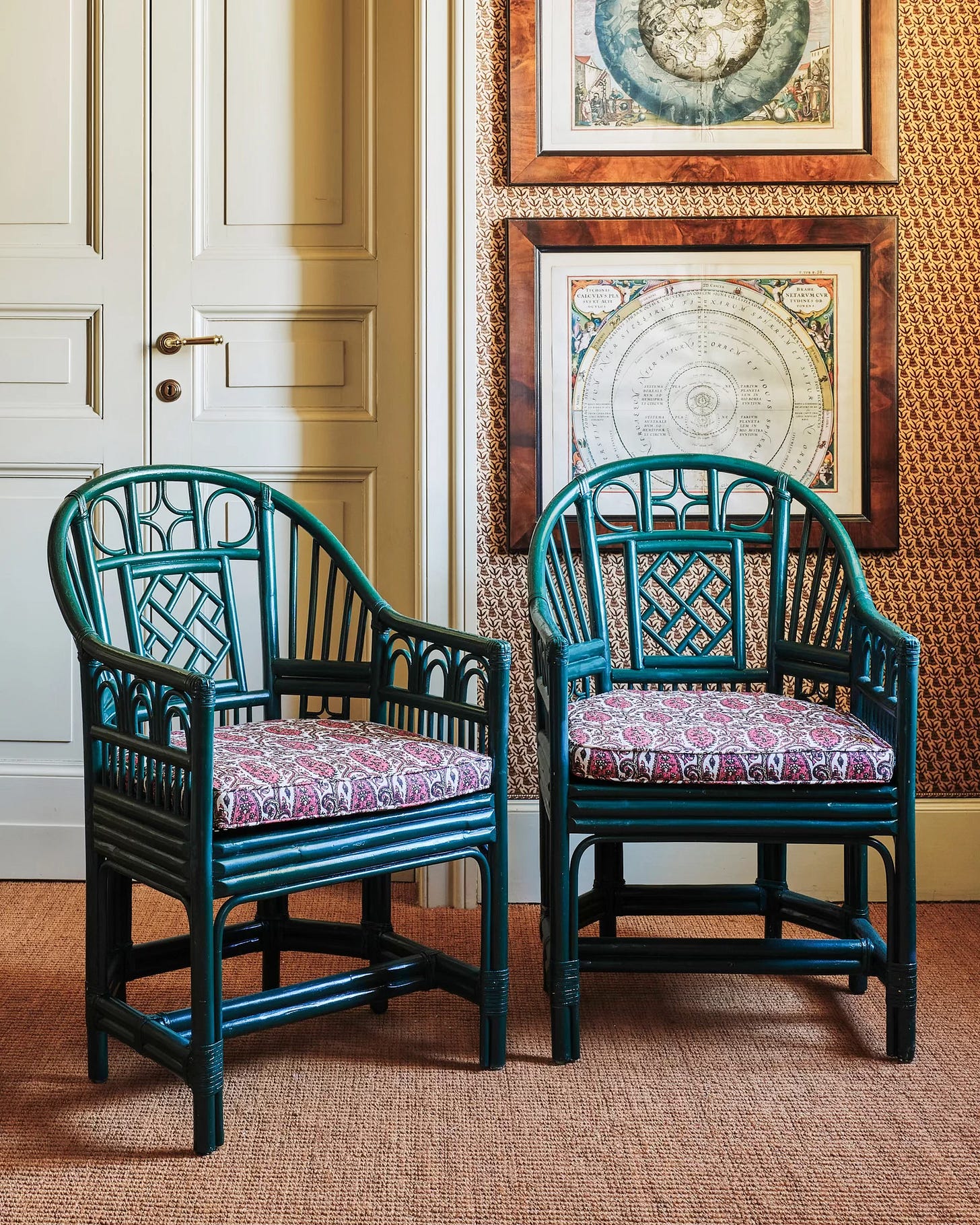
Drape it ‘till you make it. You don’t have to live in Bushwick to make this bohemian lewk work for you, especially when incorporating stunning vintage textiles, such as this suzani or that quilt. I recently bought a Gregory Parkinson blanket just for furniture draping.
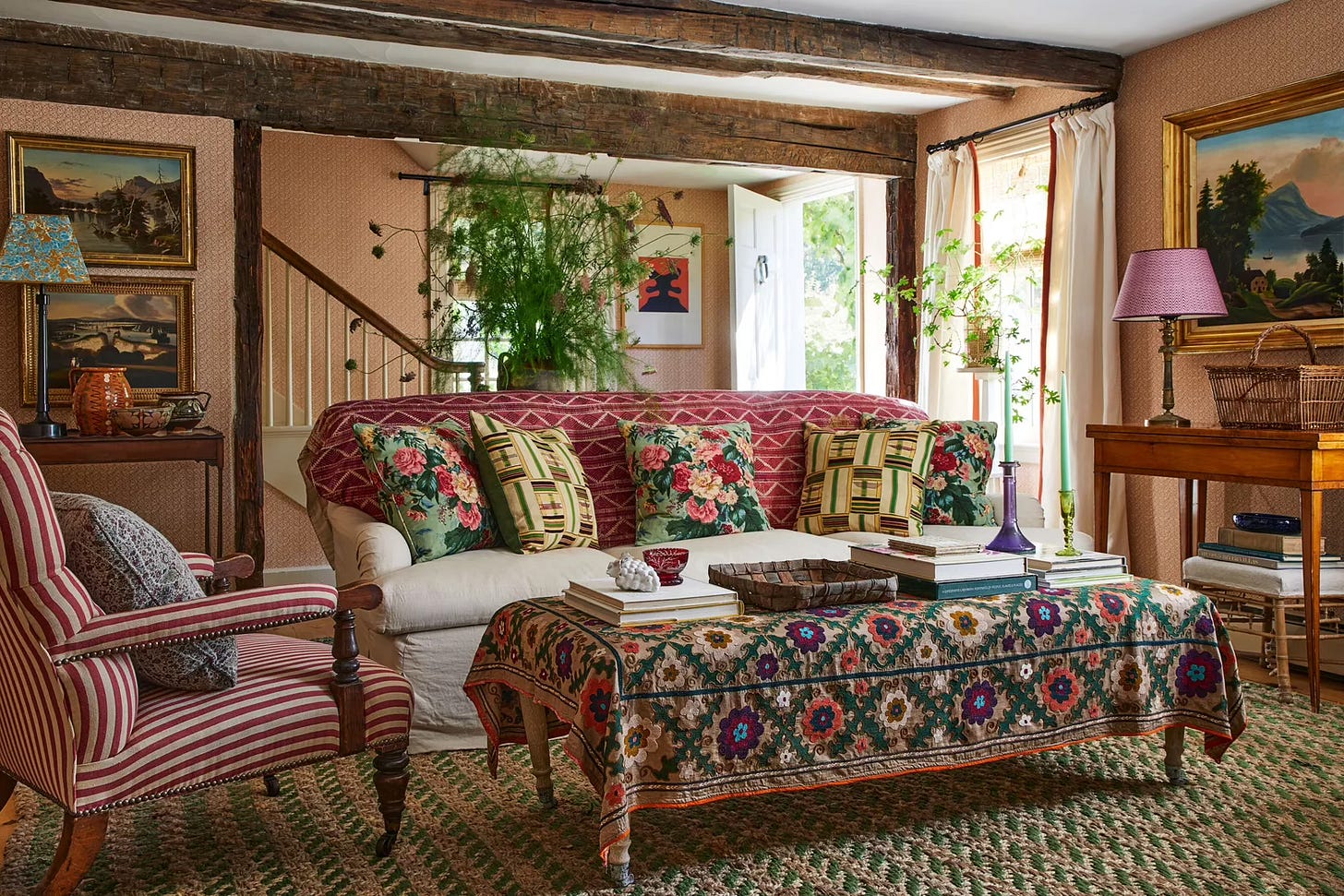
Opt for no-upholstery pieces. It’s much more approachable to buy a vintage desk or table, right? Warm, inviting seated pieces can be cushion-free, too. Start there if that’s easiest! How about this Planter’s chair or that armchair.
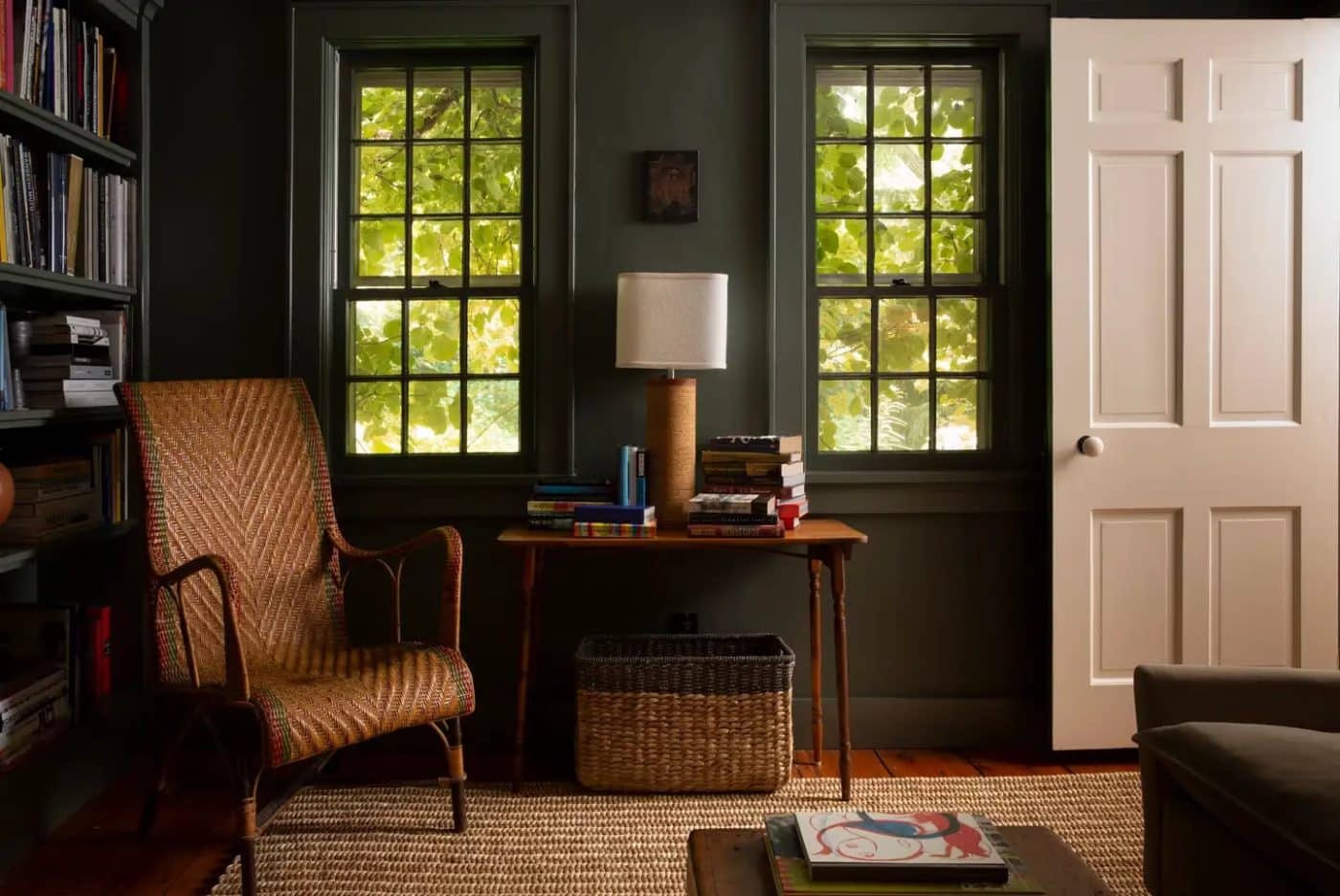
In the coming weeks, I’ll show you a couple vintage furniture hunt-and-reupholster metamorphosis case studies with a sofa and a recliner in my home. For now, I’ll let you get started on the method and drop any questions below. Goodnight and good luck!



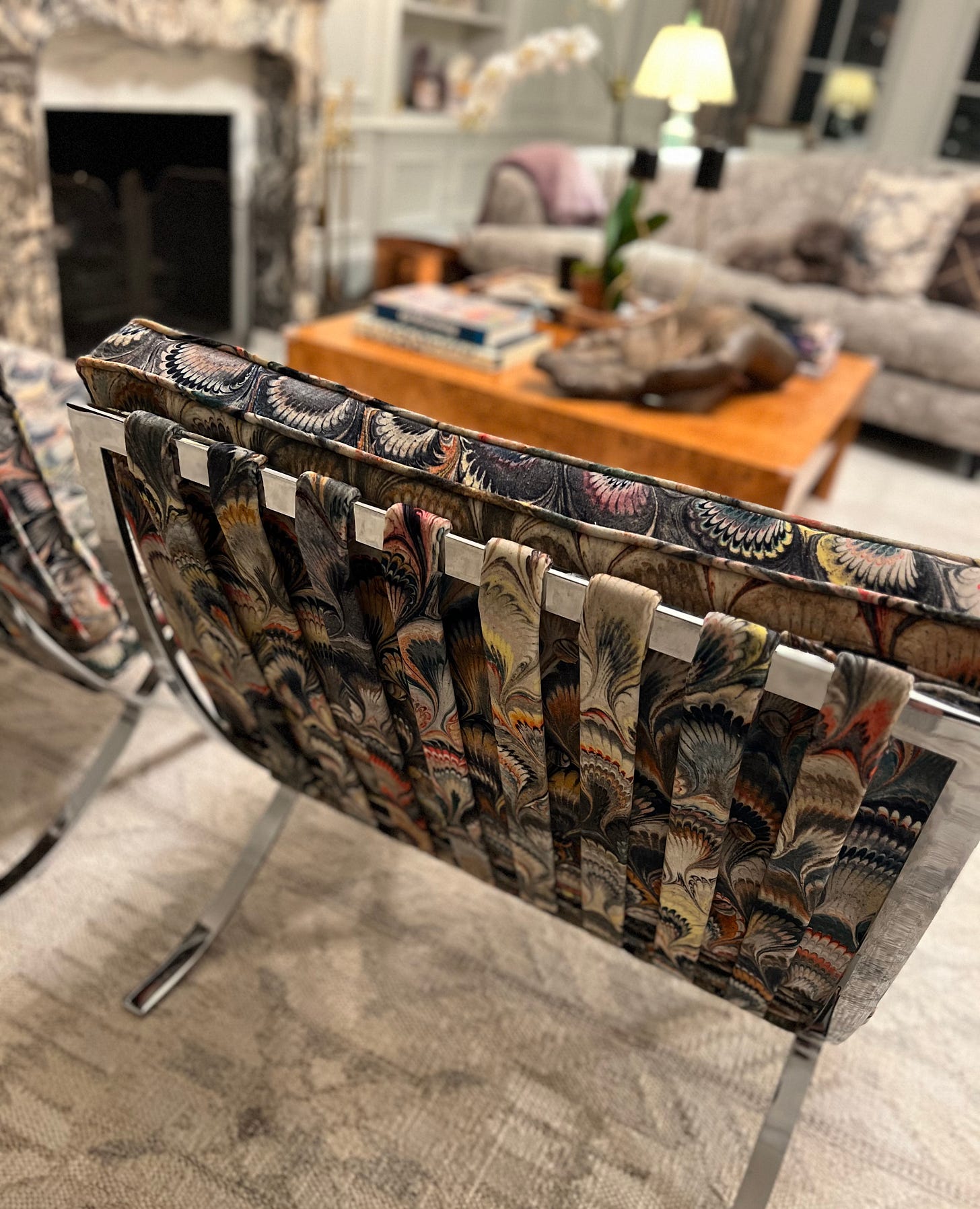
So many amaazzzzing tips.
Terrific!